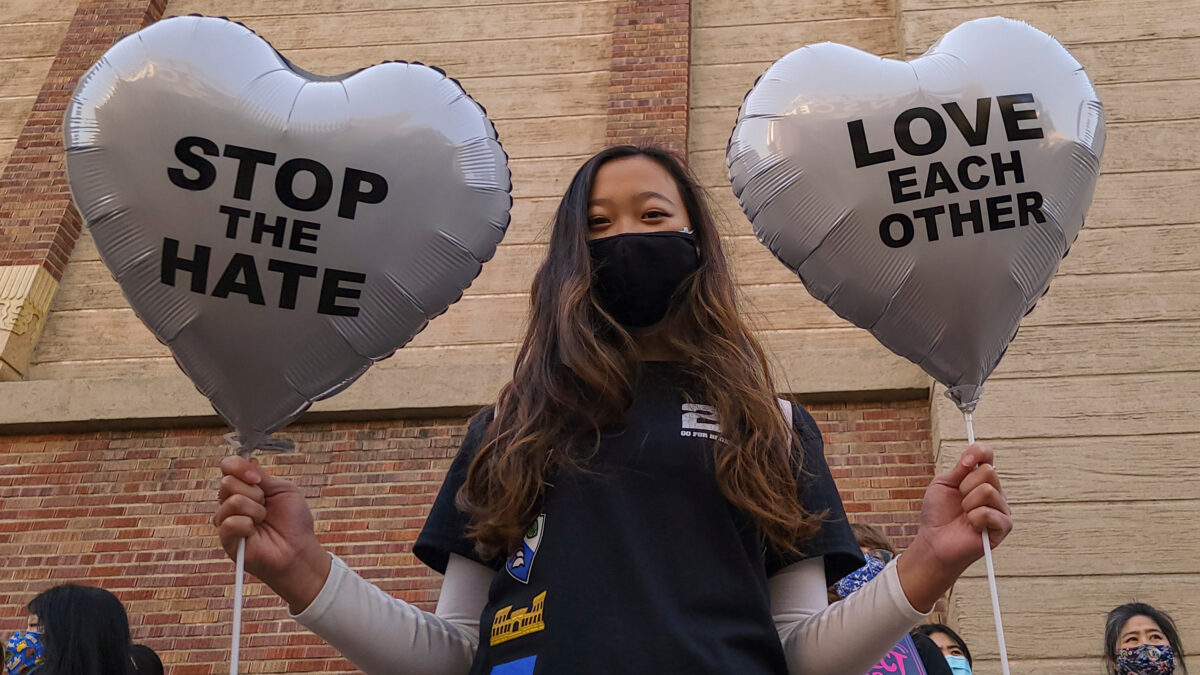
There’s a book coming out late next month that is definitely on my wish-list — Angel Island: Immigrant Gateway to America. Written by Erika Lee and Judy Yung, the book is a comprehensive history of Angel Island, the West Coast immigration station that housed and detained predominantly Chinese immigrants into the country.
While Angel Island was operational (between 1910 and 1949), it received substantial political pressure to reduce the number of incoming Chinese to the States by any means necessary. Consequently, prospective Chinese immigrants were detained for periods of months or even years in holding cells, awaiting approval of their entry. Some were even turned away, despite having spent weeks at sea to journey to the United States.
This year marks the 100th anniversary of Angel Island Immigration Station, which minority groups have lobbied to protect as a historical landmark since the 1970’s. Angel Island holds a storied position in the history of Asian Americans, particularly after poems were found engraved in Chinese in the Island’s holding cells. These poems are remarkable because they document the experiences of Chinese immigrants, in their own words.
But Lee and Yung’s book is unique because it uncovers a relatively unknown fact about Angel Island: non-Asians also found their way to this immigration station. In an article for the San Francisco Chronicle, Lee and Yung talk about their findings:
“For a long time I thought this was just a Chinese American story,” says Lee, a professor of U.S. history at the University of Minnesota who also traces her ancestry back to Angel Island.
“But from time to time in my research, I’d come across a file that dealt with a Japanese picture bride, or an Italian, or someone from a totally different country. That sparked my interest in telling a much larger story.”
And a large story it is. “Angel Island” explains how seven diverse ethnic and national groups ended up at the immigration station, which was segregated by race and gender.
In addition to the story of the Edelstein women (who were detained for only three days), the authors tell of figures such as Kanta Chandra Gupta, an 11-year-old South Asian girl who arrived with her four brothers and sister, or Nadia Shapiro, a young Russian journalist who stepped onto the island seeking sanctuary from Bolshevik revolutionaries.
“Even though Angel Island did process much smaller numbers of immigrants than Ellis Island, its diversity of immigrants really helps us understand a much more realistic, complicated and complex story of immigration,” Lee says.
A couple of months ago, I was chatting with some friends when the topic turned to immigration. One of my friends remarked that Angel Island and Ellis Island were the same, just on two different coasts. That statement is flat-out untrue: whereas immigrants from Europe who were processed at Ellis Island spent hours or days waiting entry, Chinese immigrants faced weeks, months or years of immigrant limbo.
While some might argue that the different processing time was due to the swollen number of immigrants traveling through Ellis Island or due to different administrative policies, the story of the Edelsteins (recounted in the excerpt above) effectively counters that argument. Processed through Angel Island, the Edelsteins — two Jeweish women — were only detained for three days.
To me, Angel Island serves as a silent reminder of an unjust and discriminatory era during America’s history, when Americans did everything in their power to tell Asian immigrants that they were unwelcome. To remember what life was like for the Chinese immigrant in 1943 is to see how far we have (or haven’t) come now. And we should never forget that.
You can pre-order Angel Island: Immigrant Gateway to America here on Amazon.com.


